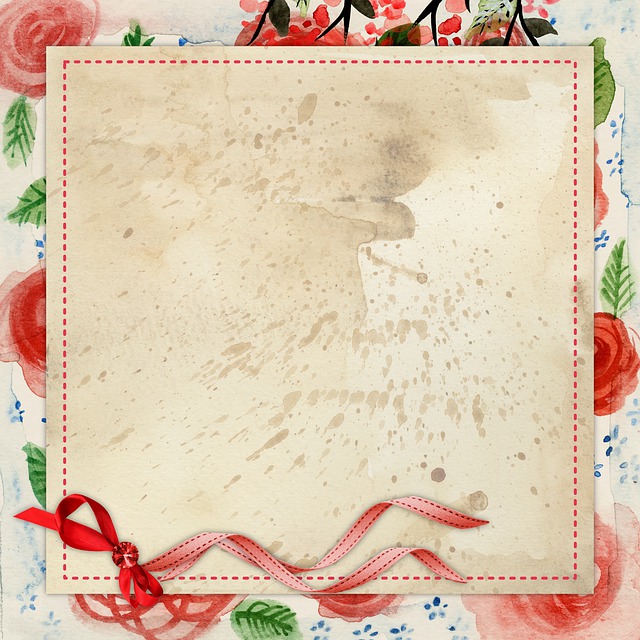Skin tags, caused by friction, weight gain, aging, or genetics, require understanding their roots for effective Leeds Tag Removal. While at-home remedies like apple cider vinegar and duct tape exist, professional methods such as cryotherapy and laser treatments offer quicker results. Post-removal care involves cleaning, avoiding irritation, and regular skin examinations to prevent recurrence.
Looking to get rid of those pesky skin tags in Leeds? This guide provides a comprehensive overview on safely removing skin tags at home or abroad. From understanding the different types and causes, to exploring effective removal methods and preventing recurrence, you’ll find best practices tailored for your needs. Say goodbye to unsightly skin tags and discover expert tips for a smooth, tag-free finish.
- Understanding Skin Tags: Causes and Types
- Safe Removal Methods at Home and Abroad
- Preventing Recurrence: Post-Removal Care Tips
Understanding Skin Tags: Causes and Types

Skin tags, also known as acrochordons, are small, soft bumps that grow on the skin, often appearing as hanging pieces of tissue. They can develop anywhere on the body but are particularly common in areas where skin rubs against itself, such as the neck, armpits, and groin. Understanding their causes is essential for effective Leeds Tag Removal.
There are several types of skin tags, varying in size and appearance. Some are so small they might go unnoticed, while others can grow to a few centimeters. They typically form due to friction or irritation, often as a result of weight gain, aging, or certain genetic factors. Different individuals may be more prone to developing these benign growths, and it’s important to note that they aren’t usually indicative of an underlying health issue unless accompanied by other symptoms.
Safe Removal Methods at Home and Abroad

When considering safe skin tag removal, it’s essential to explore both at-home and professional methods. For minor and isolated tags, many individuals opt for home remedies. Apple cider vinegar, with its acetic acid, is a popular choice due to its anti-inflammatory properties; applying it directly to the tag can help shrink and eventually remove it over several weeks. Another natural approach involves duct tape, which creates a seal around the skin tag, stimulating the body’s immune response. However, these methods may not be suitable for everyone or every type of skin tag.
For more significant cases or those seeking quicker results, professional Leeds Tag Removal offers a range of safe options. Cryotherapy, involving freezing the tags with liquid nitrogen, is an effective and relatively quick procedure. Laser treatments target the blood vessels in the tags, causing them to disappear. These methods are generally considered safe when performed by qualified professionals. Consulting a dermatologist or a specialized clinic ensures you receive appropriate guidance and treatment for your specific skin tags, providing optimal results while minimizing potential risks.
Preventing Recurrence: Post-Removal Care Tips

After successful skin tag removal in Leeds, proper post-care is essential to prevent recurrence. It’s crucial to keep the treated area clean and dry, using mild soap and warm water to avoid irritation. Avoid scratching or picking at the site, as this can trigger regrowth. Additionally, applying a gentle moisturizer can aid healing while keeping the skin hydrated.
To further reduce the risk of reoccurrence, consider avoiding tight clothing that may rub against the treated area. Sun protection is also vital; use sunscreen to shield the skin and prevent damage that could stimulate tag growth. Regularly examining your skin for any new or returning tags is key, enabling early detection and prompt action to maintain smooth, tag-free skin.
When it comes to Leeds tag removal, understanding the best practices is key. By familiarizing yourself with different skin tag types and their causes, you can make informed decisions regarding safe removal methods at home or abroad. Following effective post-removal care tips will also help prevent recurrence. Remember, proper precautions and professional guidance are essential for a successful and risk-free Leeds tag removal process.
